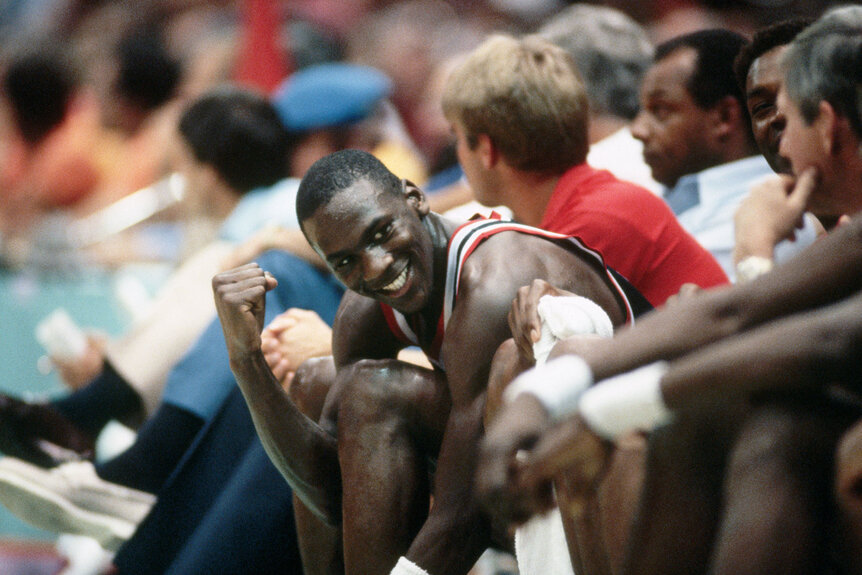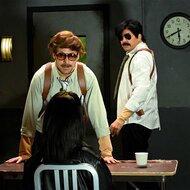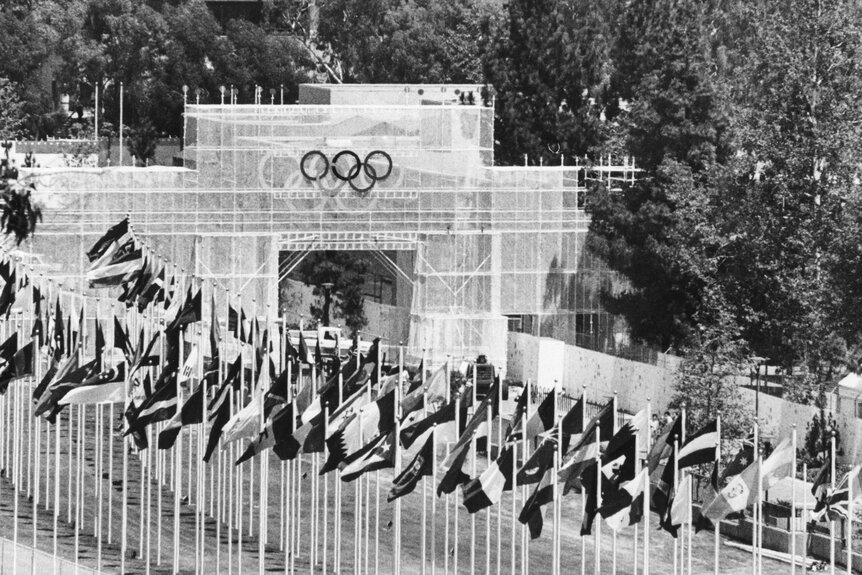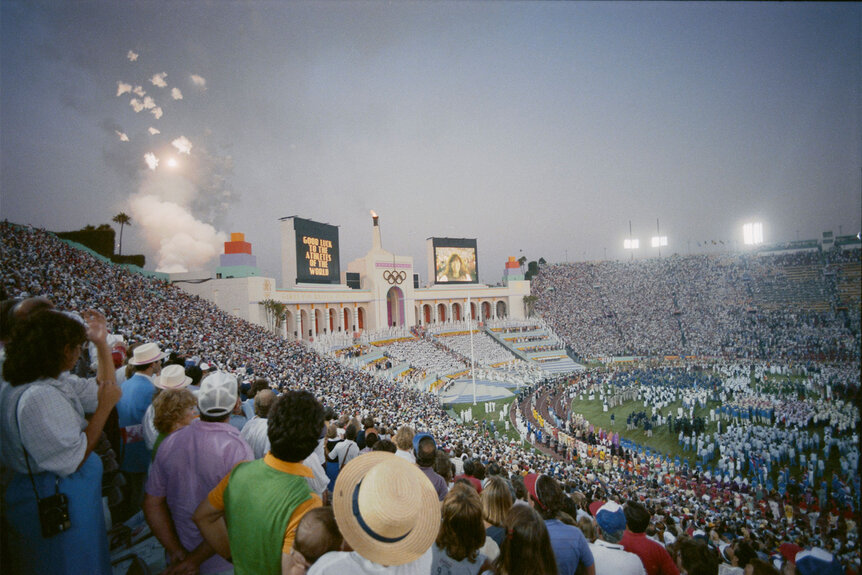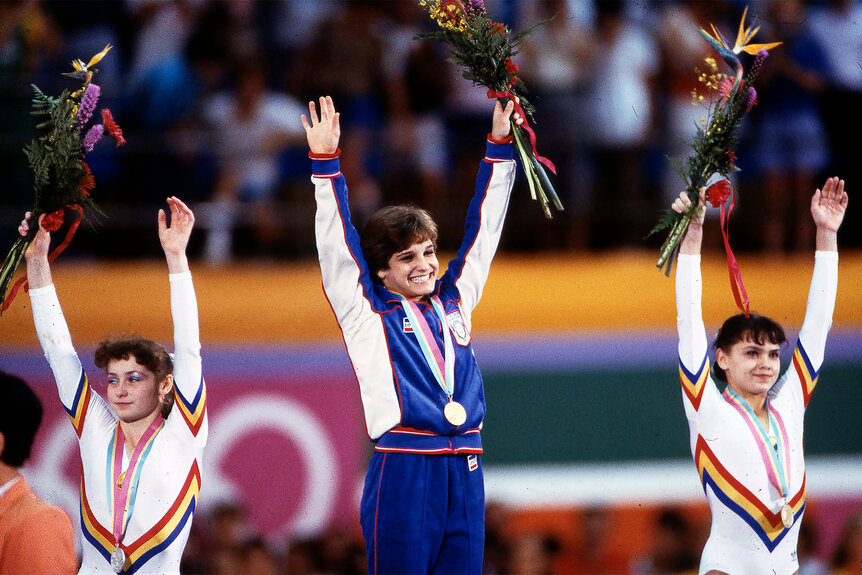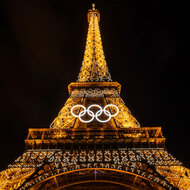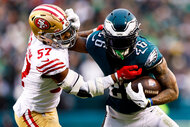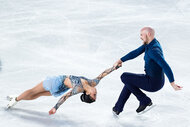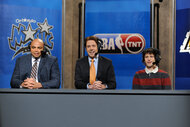How the Los Angeles Games Redefined the Olympics for Years to Come
The "City of Angels" in 1984 and 1932 transformed the Games with innovative technology, legendary athletic performances, and global cultural impact.
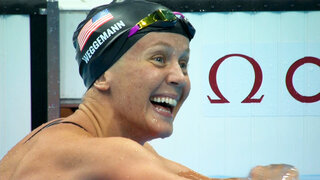
As fans around the world anticipate the return of the Olympic Games to Los Angeles in 2028, it's worth going back in time to reflect on the impact of the 1984 and 1932 Summer Games. In the respective years, the Games not only set records, but captured the imagination of the world and set an era of global sportsmanship.
At the 1984 Los Angeles Olympics, Carl Lewis became the third person to win four gold medals in track and field, Mary Lou Retton scored a perfect 10 in gymnastics, and the Olympics saw widespread participation despite Eastern Bloc countries boycotting in response to the United States led boycott of the 1980 Moscow Olympics.
From the inaugural appearances of events like rhythmic gymnastics and women's marathon to the electrifying performances on the track and in the pool, the Games captivated global audiences.
Attendance for 1984 Los Angeles Games reached 5.79 million attendees across the opening and closing ceremonies. And, according to a 2021 Sports Illustrated report, an estimated 180 million Americans tuned in on their television, setting a record as the most viewed event in television history for the time.
RELATED: Why Are Some Sports Removed from the Olympic Games? It's Complicated — Here's Why
It was at the 1984 L.A. Games where the world first glimpsed future legends like Michael Jordan, whose journey from collegiate basketball star to Olympic gold would later redefine sporting greatness.
Michael Jordan’s Olympic Debut
On July 28, 1984, Olympic athletes entered the Los Angeles Memorial Coliseum destined for greatness, and among them was basketball legend, Michael Jordan.
The NBA star made an unforgettable debut. After training in games against NBA All-Stars, Jordan was ready to lead Team USA to a gold medal at the '84 Los Angeles Games. As the team leader in points, he guided the team ahead by 17 points on average, per Olympics.
Notably, Jordan was still playing at the collegiate level, competing on the University of North Carolina's basketball team. Following the success of his collegiate career, he went on to earn six NBA titles with the Chicago Bulls.
Over his 15-year-long career, Jordan earned two Olympic gold medals, one in Los Angeles, and another at the 1992 Barcelona Olympics. Jordan retired with the NBA’s highest scoring average of 30.1ppg, is a Hall of Fame inductee, five-time NBA MVP, six-time NBA champion, and more, per the NBA.
The First-Ever Olympic Village — Kind Of
In 1932, Los Angeles unveiled the first-ever Olympic Village, nestled in Baldwin Hills — though there was technically an Olympic Village at the 1924 Games in Paris. The biggest difference between the respective villages, according to PBS, is that "Los Angeles' offering was more comprehensive and offered a much more centralized, logistically-sensible experience for athletes. It was only a 25-minute drive from the center of L.A., 40 minutes from the rowing center and 10 minutes from the Coliseum."
The village debuted as a round formation of huts with Olympic flags at the entrance gates. Built in a picturesque arrangement, spectators gathered at the gates in anticipation of catching a glimpse of the athletes.
RELATED: A Her-story of Women’s Gymnastics in the Olympic Games
386 Olympians across 34 countries gathered to compete in the Games. Male competitors lived in a village encompassing 500 houses, per the Olympics. The village featured amenities such as a post office, cinema, hospital, bank, and more.
According to LA Weekly, male athletes wanting to stay in the village paid $2 per day. 177 women competing in the Games resided at the Chapman Park Hotel instead.
Historic Moments
During the 1932 and 1984 Los Angeles Games, history was made, and sporting legends emerged against the backdrop of Hollywood.
The 1932 Games introduced a shorter 16-day format, medal podiums with national anthems, and advanced telecommunications. Timekeeping accurate to the hundredth of a second and a three-athlete-per-nation limit were also innovations, according to Olympics.com.
Due to the Great Depression, Los Angeles utilized existing sites for most events, including 15,000 capacity Grand Olympic Auditorium for boxing, wrestling, and weightlifting, per Olympics.
A new aquatics stadium was built for swimming, diving, and water polo, and the Rose Bowl in Pasadena was transformed into a velodrome to host track cycling. Key venues like the Memorial Coliseum, the Rose Bowl, and Long Beach Marina are still in use and set to host events in the 2028 Games.
The 1932 Opening Ceremony on July 30 featured a 300-strong orchestra and a 1,200-singer choir. The Memorial Coliseum's legacy continues, and 10th Street was renamed Olympic Boulevard.
During 1932 Los Angeles, track and field stars showcased greatness in various field events, setting new records amidst fierce competition.
RELATED: The Origin Story Behind Every Mascot in Olympics History (PHOTOS)
Track and field Olympian Mildred "Babe" Didrikson won two golds and a silver, while Eddie Tolan won two gold medals in the 100m and 200m sprint categories. Finnish athlete Paavo Nurmi, who previously won nine gold medals at previous Games, was banned from the 1932 Games for being a "professional" athlete, which was not allowed at the time.
According to the Olympics, Nurmi's compatriots excelled, as Volmari Iso-Hollo won the 3,000m steeplechase and Matt Järvinen was awarded the javelin honor. Juan Carola Zabala, at 20, became Argentina's first Olympic champion by winning the marathon.
Fast forward 52 years and the 1984 Los Angeles Games showcased technology in ways that the Olympics had not dared yet. When athletes arrived at the stadium, they were handed passwords to electronic messaging systems, connecting over 50,000 competitors.
The event also celebrated women's sports. Mary Lou Retton, coached by Bela Karolyi, became the first American Woman to win the all-around gymnastics gold. John Benoit won the first women's Olympic marathon, proving women's capabilities in long-distance running. Additionally, Morrocco's Nawal El Moutawakel won the 400-meter hurdles, becoming the first female gold medalist from a Muslim country.
Synchronized Swimming, Wind Surfing and Rhythmic Gymnastics Make Debut
Synchronized swimming made its Olympic debut at the 1984 Los Angeles Games. The sport, which combines elements of swimming, dance, and gymnastics, involves athletes performing coordinated routines to music in the water. Initially, the Olympic program included only two events: solo and duet competition.
Alongside synchronized swimming, Olympic windsurfing was introduced at the 1984 Los Angeles Games. The event, known as the Windglider class for men, marked the debut of windsurfing in the Olympic program. Since then, the sport has been a regular feature in the Olympics with various classes and formats evolving over the years to reflect advancements in the sport and changes in equipment.
The 1984 Los Angeles Olympics introduced yet another sport: rhythmic gymnastics. Originating primarily in Eastern Europe, it gained international recognition after its first World Championships in 1963, won by Soviet gymnast Ludmila Savinkova.
Initially part of women's artistic gymnasts at earlier Olympics, it became an independent Olympic event in 1984, with both individual all-around and group competitions introduced later on, per the Olympics.
Despite initial challenges, including the absence of athletes hailing from the U.S.S.R., rhythmic gymnastics has since showcased global stars and evolved in format to become a beloved part of the Olympic Games.
